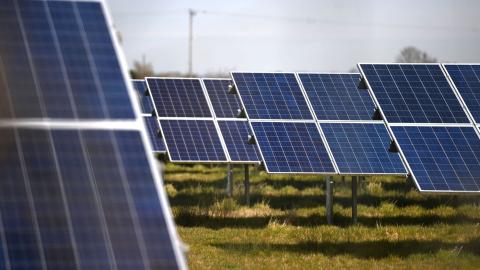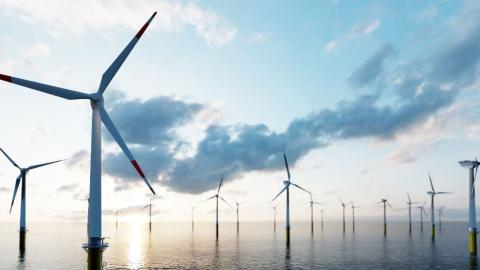This Q&A brings together questions and answers on the EU's Energy Efficiency Directive (EED) and its implications globally. Topics covered include reporting, efficiency, heat reuse, ISO standards, carbon capture and transparency.
filters
Explore All Topics
Uptime Intelligence has been providing regular updates and insights on the efforts of the European Parliament and European Commission (EC) to finalize the Energy Efficiency Directive (EED) recast requirements. The directive is the most radical and…
The testing of backup power systems is crucial for ensuring that data center operations remain available through power interruptions. By cutting all power to the facility and replicating a real-world electrical grid failure, pull-the-plug testing…
Organizations encounter a bewildering assortment of cloud storage platforms. The difference between the offerings lies in who is responsible for scaling, resiliency and performance: the provider or the customer.
75% of organizations in North America have experienced supply chain delays. With organizations already stretching equipment life-cycles, how do we stay ahead of equipment and spare shortages that could leave us vulnerable?
The topic of artificial intelligence (AI) has captured the public’s imaginations, and now barely a week goes by without reports of another breakthrough. Among the many, sometimes dramatic predictions made by experts and non-experts alike is the…
The Uptime Institute Cooling Systems Survey 2023 collects data on experiences with Direct Liquid Cooling from data center operators, as well as their objectives and concerns.
Precision time systems to synchronize IT system clocks over the network have proliferated and evolved to meet the needs of reliable, secure applications.
Public cloud infrastructures have come a long way over the past 16 years to slowly earn the trust of enterprises in running their most important applications and storing sensitive data. In the Uptime Institute Global Data Center Survey 2022, more…
The public cloud’s on-demand pricing model is vital in enabling application scalability — the key benefit of cloud computing. Resources need to be readily available for a cloud application to scale when required without the customer having to give…
The European Union Parliament and commission have agreed on the final Energy Efficiency Directive (EED) data center requirements. What does this mean for operators with a presence in the EU and what does it foretell for global data center regulation?
The energy crisis of 2022, resulting from Russia’s invasion of Ukraine, caused serious problems for data center operators in Europe. Energy prices leapt up and are likely to stay high. This has resulted in ongoing concerns that utilities in some…
The Uptime Institute Data Center Resiliency Survey 2023 explores how operators assess operational risks and highlights opportunities for strengthening mitigation strategies.
Digital infrastructure operators have started to refocus their sustainability objectives on 100% 24x7 carbon-free energy (CFE) consumption: using carbon-free energy for every hour of operation. To establish a 24x7 CFE strategy, operators must track…
Data center operators that set net-zero goals will ultimately have to transition to 100% 24x7 carbon-free energy. But current technological limitations mean it is not economically feasible in most grid regions.In the past decade, the digital…
 Jay Dietrich
Jay Dietrich


 Douglas Donnellan
Douglas Donnellan

 Dr. Owen Rogers
Dr. Owen Rogers

 Matt Stansberry
Matt Stansberry
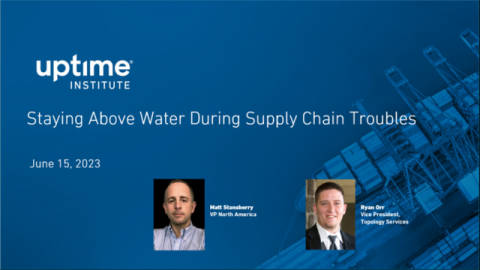
 Max Smolaks
Max Smolaks

 Jacqueline Davis
Jacqueline Davis

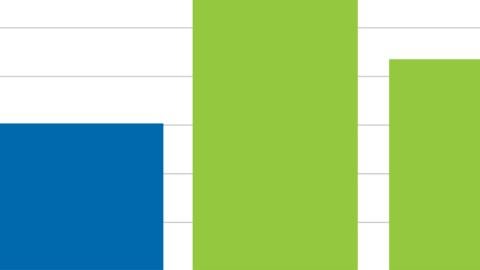
 Daniel Bizo
Daniel Bizo


 Andy Lawrence
Andy Lawrence
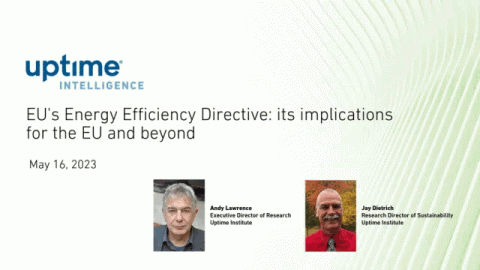
 Lenny Simon
Lenny Simon

